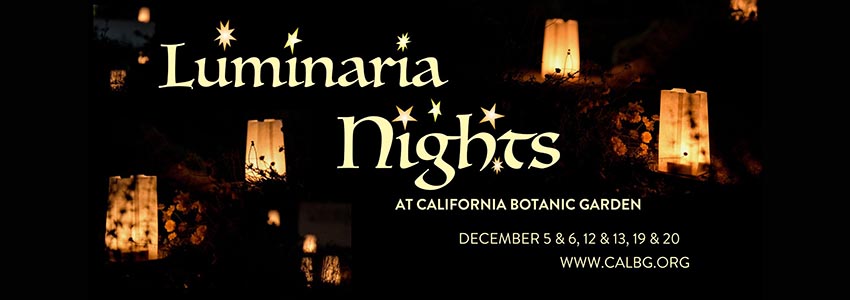A feast of lives up on the stage
by John Pixley
When I. Nyoman Wenten put on the mask, the world changed. Yes, his face had disappeared, replaced by another face—one with a garish, lascivious, all but evil smile. But he wasn’t just dressing up. He wasn’t just putting on a costume or simply putting on a mask. When he put the mask on, he was suddenly a garish, lascivious man, a charming snake of a character, glad-handing those around him.
Mr. Wenten, who leads the Pomona College gamelan dance program, had the audience mesmerized. They were seized with laughter and amazement. Indeed, the world had changed, and we were in a place where we were in the throes of this sly stranger, so easily seduced by him. All this was done with a mask—a point made clear with this being the last of a series of masks that Mr. Wenten donned, creating not only different but varying degrees of effects.
This was a stunning highlight in an evening of highlights late last month as Mr. Wenten—who joined Leonard Pronko and Thomas Leabhart, two other professors in Pomona College’s Department of Theatre and Dance—in a panel discussion on “Movement in Theater: Tradition and Innovation.”
Moderated by Laurie Cameron, who directs the college’s dance program, the presentation in the college’s intimate Rose Hills Theater was most appropriate in this season of harvest. With Mr. Wenten, Leabhart and Pronko, all of whom have earned international acclaim, not only speaking about but also demonstrating their craft, it was a cornucopia of the extraordinary theatrical talent and wisdom that Pomona College and Claremont is privileged to enjoy.
That Mr. Wenten, a native of Bali, came from a long line of great artists, including a grandfather who was a master puppeteer who he first studied with, and is one of the island’s most accomplished dancers and musicians is no surprise. There is a long list of productions, collaborations and performances that he has been involved in all over the world, but his great poise and discipline, his rich talent, was evident in the way he sat and smiled, in the way he walked and moved his arms, even before he took up any mask.
Even though Thomas Leabhart does not come from a long line of renowned artists, he is certainly a master in his field, a physical movement discipline called Corporeal Mime. As he explained and demonstrated, often with the tiniest of movements, the idea is not to imitate as in pantomime but to capture a spirit or essence, even an idea, in movement.
I have long admired this in his work at Pomona College, where Mr. Leabhart has taught since 1982. While many of the plays he has directed here don’t feature what I think of as mime, there is a noticeable sensitivity, a delicate quality—yes, an elegance. I still think of a production of Sam Shepard’s A Lie of the Mind that he directed years ago, emphasizing compassion in what could be a melodramatic domestic violence drama with off-kilter characters.
Mr. Leabhart got much of his training in France, where he still teaches every summer and every January. He mentioned that while Hollywood is important and valuable, it is vital to do art for more than “the filthy lucre,” and it is clear that he is dedicated to his craft. He can be found every afternoon at 4:15 teaching Corporeal Mime.
And then there was Mr. Pronko, who has been teaching at Pomona College since 1957 (“Do the math,” as Ms. Cameron said in introducing him). I have always known Mr. Pronko as a legend in Claremont, putting on Kabuki plays with the students and being one of the few—or only?—Americans to be trained in the tradition-steeped Kabuki theater in Japan.
What I didn’t know is that he didn’t get interested in theater until several years after he began teaching at Pomona, having gotten his BA, MA and PhD in French and Spanish language and literature and starting off at the college as an instructor in French, occasionally teaching Spanish and Italian. It wasn’t until after he taught courses on French theater, occasionally directed plays and taught drama courses in the theater department, spent a sabbatical mostly in Asia and subsequently studied Kabuki at the National Theater of Japan that he found his home in the theater department.
Although, as he noted repeatedly, he is not as agile as in years past, Mr. Pronko demonstrated vividly how, in Kabuki, small movements and gestures can convey volumes. He also showed how a prop like a fan can be anything from a sword to a vessel for drinking tea.
This discipline and theatricality has been seen in not only the Kabuki plays in English but also the many, many other plays he has directed here when not involved in other projects in numerous countries.
Over the years, I have enjoyed seeing the Kabuki works and how they have influenced his other period productions of works by the likes of Ibsen, Schiller, Wilde and Molliere, and it has been particularly pleasant to see these period pieces (perhaps influenced by a colleague?) not only done with poise but getting more and more refined and naturalistic.
Seeing these fine men of the theater, each wearing a shirt that nicely reflected their distinct craft, talk about and share their art was a real treat. It was a delectable taste and a sweet reminder of the wisdom and talent that the colleges and Claremont are blessed to have in their midst.







0 Comments